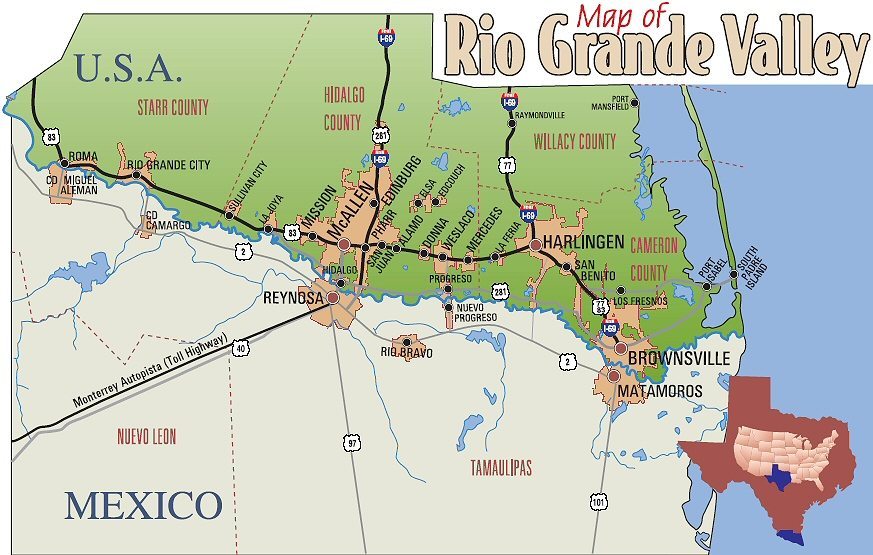A Bay Area Birder in South Texas
By Pamela Clark
As in real estate, we know location is everything in birding. I recently attended the Rio Grande Valley Birding Festival for the second time. This festival is based in subtropical South Texas in the town of Harlingen and for me represents total immersion birding. I was in the field by dawn and birded until heat, hunger, or the seminar schedule enticed me inside.
Last year, I was excited to be seeing so many life birds and birding in such new places. This year, I focused on activities to improve my general birding skills. Throughout my stay I was struck by the differences in the most commonly seen bird species — what I refer to as the “usual suspects”.
Here in the Bay Area, the usual suspects often include House Finches, American Crows, Common Ravens, Robins, American Goldfinches, and Mallards. In Texas, most of these species are sparse.
Instead Black-bellied Whistling Ducks replace Mallards on the ponds and House Sparrows are seen in places where I would expect House Finches. In my two visits, I have never seen American Goldfinch, House Finch, American Robin or Song Sparrow. The valley specialties that can be seen almost every day include Great Kiskadee, Green Jay, Golden-fronted Woodpecker, Plain Chachalaca, and the omni-present Great-tailed Grackle.


Checking my email in the evening, it was funny to read Bay Area birding list emails about the few Great-tailed Grackles being seen at Lake Merced and Lake Elizabeth. The Texas locals think of Grackles as nuisance birds, but I found them fascinating with their blue-black feathers (males) and raucous calls and whistles. I also enjoyed getting to know the whistles of the Black-bellied Whistling Ducks, which can be seen in town as well as on the trails. The distinctive calls of the Green Jay and Great Kiskadee soon became as familiar to me as the calls of our California Towhee or Western Scrub Jay.
Some of my favorite Valley birds include White-tailed Hawk, Harris Hawk, Least Grebe, Golden-fronted Woodpecker, Altamira Oriole, and the doves. I loved watching all the different doves, from the large, plump White-winged Dove to the delicate, intricately-patterned Inca Dove. In the right place, I could watch six species of doves vying for space at the feeder or water drip.


On South Padre Island, I saw Reddish Egret and Tri-colored Herons, along with migrating warblers, such as Northern Parula, American Redstart, Tennessee and Black-throated Green. The hunting behavior of the Reddish Egret was incredible because it stalks its prey in shallow water running energetically and using the shadow of its wings to reduce glare on the water once it is in position to spear a fish; the result is a fascinating dance.

Then there are all of the wonderful birding locations, such as the 2,088 acre Santa Ana National Wildlife Refuge, the 230-acre Estero Llano Grande State Park, South Padre Island, and the diminutive Quinta Mazatlan, a historic Adobe mansion and nature and birding center located in McAllen, Texas. The gardens of Quinta Mazatlan provided me with my first look at a Clay-colored Thrush. You can visit such iconic birding locations as the Brownsville Dump, the Sabal Palm Sanctuary, and Falcon Dam. These are just a few of the great birding hotspots up and down the Rio Grande Valley.

One field trip focused on Sparrow ID and another was led by Jon Dunn, a well-known name in birding and author of many field guides. I was impressed with the accessibility of the many birding celebrities and left with this Louis Pasteur quote (offered to us by Jon Dunn) lingering in my thoughts “Chance favors the well-prepared mind.“ Could there be better advice for birders?
———————-
Pamela Clark lives in the East Oakland Hills and has been birding seriously about six years. She got her start birding from watching her mother’s backyard feeders in Southeastern Missouri. But things got serious when her husband Robert caught the bug too in 2007 after a lengthy stay in the hospital. They have a GGBA field trip to the Berkeley Marina to thank for his start in birding.
